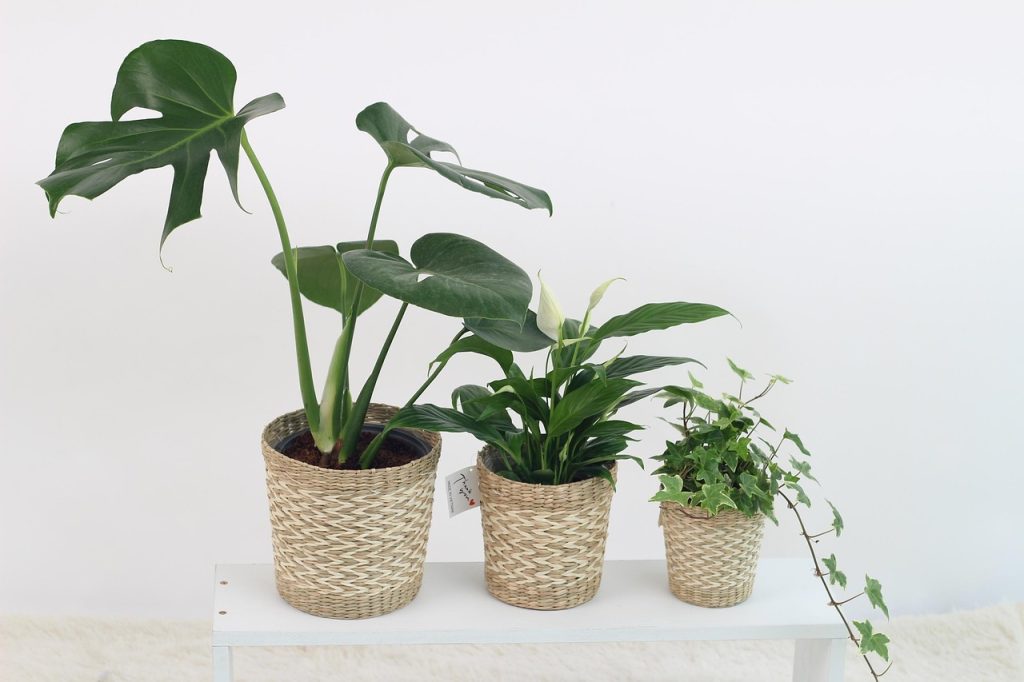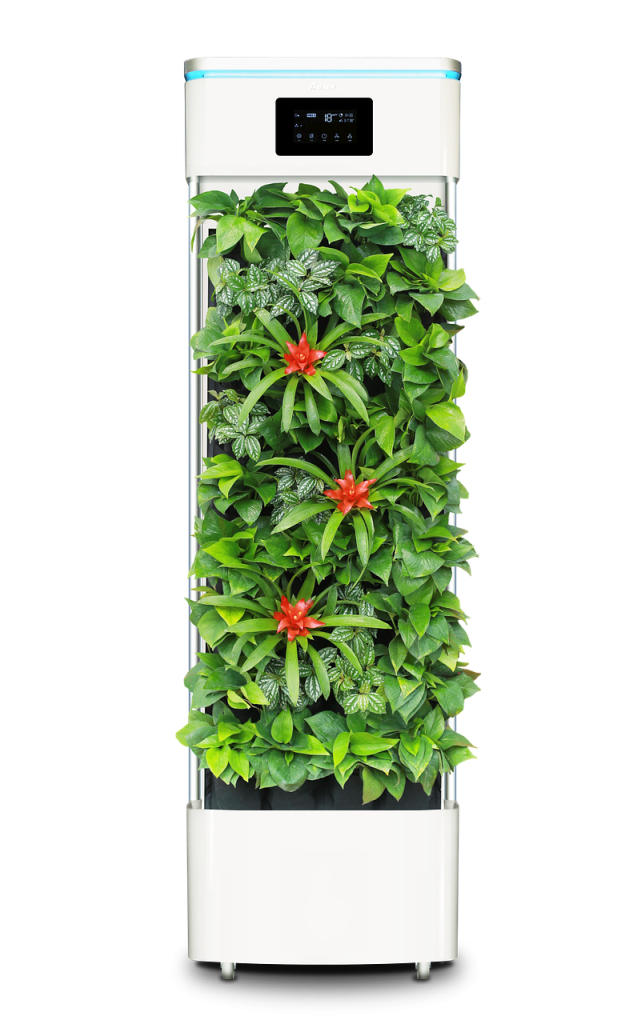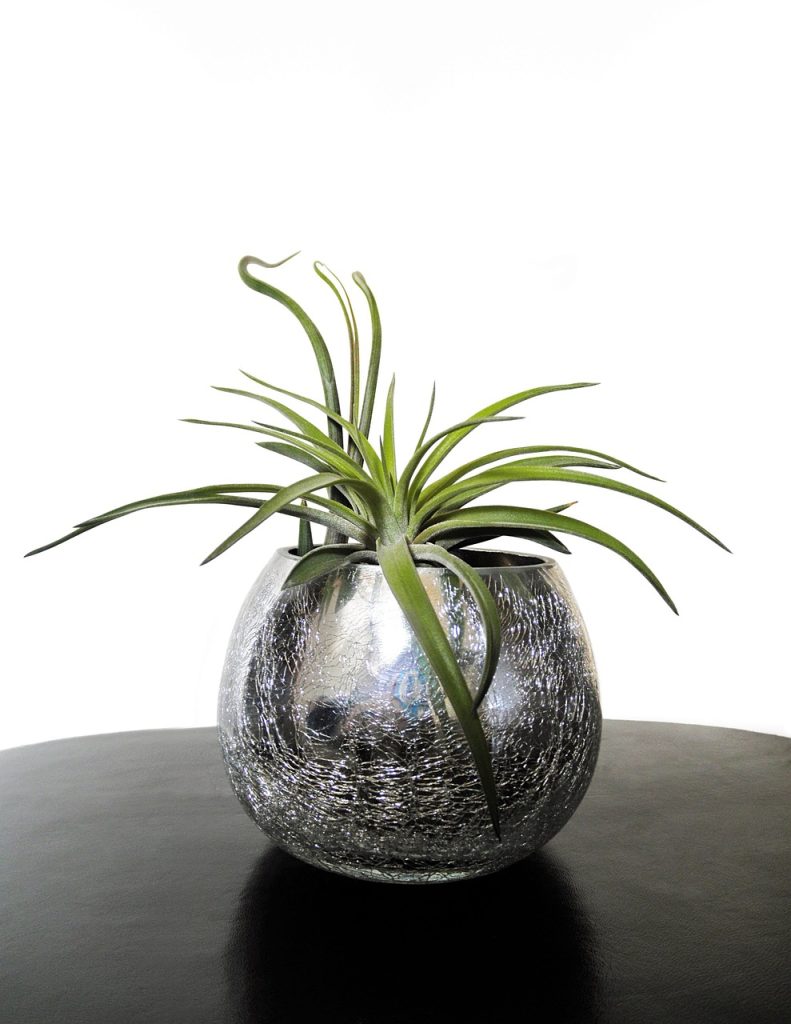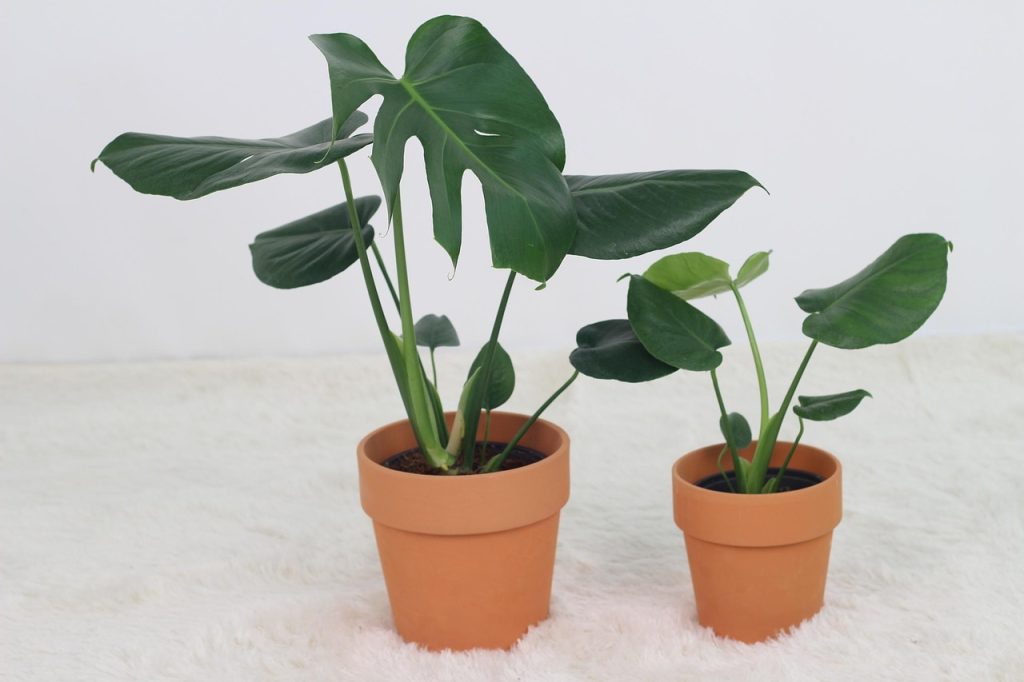Ever walked into a stuffy room and wished you could just open a window to fresh air that never comes? Indoor air can be sneaky—loaded with pollutants from paints, cleaners, and even your furniture. That’s where air purifying plants come in, acting like living air fresheners that scrub the atmosphere while adding a touch of green to your space. These aren’t just pretty faces; they’ve been backed by science for decades, and in 2025, with rising concerns over wildfire smoke and urban smog, they’re more popular than ever. A fresh wave of studies this year highlights how certain varieties can slash VOCs (volatile organic compounds) by up to 20% in sealed rooms, making them must-haves for home offices and apartments alike.
Whether you’re battling allergies or just want that spa-like vibe, air purifying plants offer a low-cost, eco-friendly fix. From snake plants that hum along at night to peace lilies that tackle formaldehyde, there’s one for every nook. In this guide, we’ll cover the best air purifying plants, pet-safe picks, bedroom favorites, and easy care tips to keep them thriving. Let’s turn your home into a cleaner, calmer oasis—one leaf at a time.

How Air Purifying Plants Actually Clean the Air
You might think plants just look good, but air-cleaning plants are mini powerhouses. Through photosynthesis, they suck in carbon dioxide and spit out oxygen, but the real magic happens with their leaves and roots. Stomata—those tiny pores—absorb toxins like benzene, ammonia, and trichloroethylene, breaking them down via microbes in the soil. NASA’s famous 1989 Clean Air Study kicked this off, identifying top performers, and 2025 research builds on it with smart home integrations: Apps now track plant health alongside air quality monitors.
In real life, a cluster of six to eight air purifying plants per 100 square feet can make a noticeable difference, especially in low-ventilation spots. New this year: Bioengineered variants with enhanced filtration genes are hitting nurseries, promising even better pollutant zapping. But don’t expect miracles overnight—combine them with good ventilation and dust control for the win. It’s fascinating how something so simple evolved to filter air in jungles and now does the same in your living room.
The Best Air Purifying Plants: Top Performers for 2025
When hunting for the best air refine plants, focus on NASA-approved champs that handle common indoor nasties. This year’s trends lean toward resilient hybrids bred for urban pollution resistance—think tougher leaves that withstand dry AC air. Here’s a roundup of standouts, perfect for beginners or pros.
- Snake Plant (Sansevieria trifasciata): The ultimate low-light warrior, it converts CO2 to oxygen at night via CAM photosynthesis. Filters formaldehyde and nitrogen oxides; grows tall and sculptural.
- Peace Lily (Spathiphyllum): Elegant white blooms signal clean air—droops when thirsty. Excels at ammonia and trichloroethylene removal, and humidifies too.
- Spider Plant (Chlorophytum comosum): Hanging baskets love—produces baby “spiders” for easy sharing. Tackles xylene and toluene; super forgiving.
- Boston Fern (Nephrolepis exaltata): Lush fronds boost humidity while filtering formaldehyde. A 2025 study showed it reduces airborne mold spores by 15%.
- Areca Palm (Dypsis lutescens): Tropical vibe for offices; purifies benzene and adds moisture. Grows 6-8 feet indoors.
For quick reference, check this table of the best air purifying plants and their superpowers:
| Plant Name | Key Pollutants Removed | Light Needs | Maintenance Level | Unique 2025 Perk |
|---|---|---|---|---|
| Snake Plant | Formaldehyde, CO2 | Low | Low | Nighttime oxygen boost |
| Peace Lily | Ammonia, Benzene | Medium | Medium | Humidity enhancer |
| Spider Plant | Xylene, Toluene | Bright indirect | Low | Pet-friendly propagation |
| Boston Fern | Formaldehyde, Mold | Indirect | High (misting) | Air moisturizer |
| Areca Palm | Trichloroethylene | Bright | Medium | Tall privacy screen |
| English Ivy | Benzene, Mold | Low-Medium | Medium | Climbing versatility |
| Rubber Plant | Formaldehyde | Medium | Low | Glossy, dust-trapping leaves |
These are not only the best air-refining plants—they’re also stylish, fitting everything from minimalist shelves to boho jungles.
Indoor Air Purifying Plants: Essentials for Home Environments

Shifting gears to indoor air purifying plants, these are tailored for apartments and houses where VOCs from carpets and electronics lurk. In 2025, with remote work booming, folks are clustering them around desks to combat printer fumes and screen off-gassing. Start small: A pothos trailing from a bookshelf or a dracaena in the corner.
Pothos (Epipremnum aureum): Nearly indestructible, vines filter benzene and thrive in neglect. Golden varieties add pop.
Dracaena (Dracaena fragrans): Striped leaves zap trichloroethylene; varieties like ‘Janet Craig’ suit dim spots.
ZZ Plant (Zamioculcas zamiifolia): Drought-tolerant champ for forgetful owners. Removes toxins while shining in low light.
For indoor purifying plants, group them in “zones”—the kitchen for cooking odors, and the bathroom for humidity-loving plants like ferns. This year, vertical gardens with built-in irrigation are trending, stacking plants to maximize filtration in tight spaces. Pro tip: Wipe leaves monthly to keep those pores unclogged.
Air Purifying Plants for Bedroom: Sleep Better Tonight
Your bedroom should be a sanctuary, but mattresses and pillows harbor dust mites and chemicals. Enter air purifying plants for bedroom use—ones that release oxygen nocturnally and won’t overwhelm small spaces. Avoid strong-scented blooms if allergies flare; opt for subtle cleaners.
Lavender isn’t just calming; paired with snake plants, it promotes rest while purifying. But the stars are:
- Snake Plant: As mentioned, oxygen at night reduces snoring triggers.
- Aloe Vera: Filters formaldehyde and heals minor burns—bedside multitasker.
- Gerbera Daisy: Colorful blooms absorb benzene; needs sun but perks up mornings.
In 2025, bedroom-specific kits bundle air purifying plants for bedroom with dimmable grow lights, syncing to sleep cycles. Place on nightstands or hanging planters to avoid floor clutter. Studies show these setups can improve sleep quality by lowering CO2 levels, making mornings fresher.
Air Purifying Plants Safe for Cats: Feline-Friendly Greens
Cat owners know the struggle—curious kitties nibble everything. Luckily, plenty of air plants safe for cats exist, dodging ASPCA’s toxic list. In 2025, vet-approved hybrids are booming, bred for non-irritating sap.
Spider Plant: Cats love batting the babies, but it’s harmless and filters air.
Boston Fern: Fronds are catnip-safe; adds lushness without worry.
Areca Palm: Tall and out of reach if potted high; purifies without poison.
Avoid lilies entirely—they’re lethal. For air purifying plants safe for cats, elevate pots or use hanging baskets. A quick spritz of bitter apple deterrent keeps paws off while they clean your air.

Air Purifying Plants Safe for Dogs: Canine-Compatible Choices
Dogs might dig or chew, so air refine plants safe for dogs prioritize toughness and non-toxicity. 2025 brings more pet-safe certifications on labels, easing shopping.
- Snake Plant: Sturdy leaves resist rough play; mild tummy upset at worst, but generally safe.
- Pothos: Trailing vines tempt, but low toxicity—monitor puppies.
- Bamboo Palm (Chamaedorea seifrizii): Filters formaldehyde; fronds are dog-proof.
Stick to air clean plants safe for dogs like these, and fence off if needed. Combine with rubber plants for bigger spaces—they bounce back from accidental bumps.
Air Purifying Plants Indoor: Beyond the Basics
Diving deeper into air purifying plants indoors, consider combos for max effect. A “filtration station” with spider plants and peace lilies tackles multiple pollutants. This year, smart pots with sensors alert via apps when the soil’s dry or the air’s improving—tech meets nature.
For allergies, focus on high-pollen avoiders like dracaenas. In polluted cities, outdoor-indoor hybrids like English ivy climb windows, pulling in fresh air vibes.
Caring for Your Air Purifying Plants: A Step-by-Step How-To
Keeping air clean plants healthy ensures they keep purifying. Here’s your easy guide.
Light and Placement
Most crave bright, indirect sun—east windows for mornings. Low-light tolerant? ZZ and snake plants. In 2025, LED strips mimic sunlight for windowless rooms.
Watering Wisdom
Overwatering kills more than drought. Check soil: Dry top inch? Water. Use room-temp filtered water to avoid chemicals.
- Succulents like snake: Every 2-3 weeks.
- Ferns: Weekly, mist for humidity.
Drain saucers to prevent root rot.
Soil and Repotting
Well-draining potting mix with perlite. Repot spring when roots crowd—upsizes every 1-2 years. Add charcoal for extra odor control.
Feeding and Pruning
Dilute fertilizer monthly in growing season (spring-summer). Prune yellow leaves to redirect energy; wipe dust for better absorption.
Pest Patrol
Spider mites love dry air—hose off or use neem. Healthy plants resist bugs, boosting their purifying punch.
Follow this, and your air purifying plants will thrive, filtering away for years.
Common Mistakes to Avoid with Air-Cleaning Plants
Even pros slip up. Don’t crowd—space for air flow. Skip tap water’s chlorine; it builds up salts. Ignoring humidity fries tropicals—group or use pebble trays. In winter, cut water; dormancy is normal for some.

2025 Trends in Air Purifying Plants
This year, biophilic design reigns: Living walls of air-purifying plants in indoor offices cut stress by 15%, per new wellness reports. Edible hybrids like herb-infused purifiers (basil meets pothos traits) are emerging. Sustainable sourcing—peat-free soils—keeps eco creds high.
Why Invest in Air Purifying Plants Now
Beyond clean air, they reduce stress, boost productivity, and look amazing. In a post-pandemic world, air purifying plants are wellness staples—affordable at $10-50 each, with ROI in healthier lungs.
FAQs About Air Purifying Plants
Snake plant and pothos—hardy, low-care, effective against common toxins.
6-8 for 100 sq ft; scale up for bigger spaces.
Many, yes, like spider plants for cats and bamboo palms for dogs; check ASPCA lists.
Absolutely—snake plants oxygenate at night, easing breathing.
ZZ plant thrives in shade while zapping toxins.
Yes, studies show 10-20% pollutant reduction with proper care.